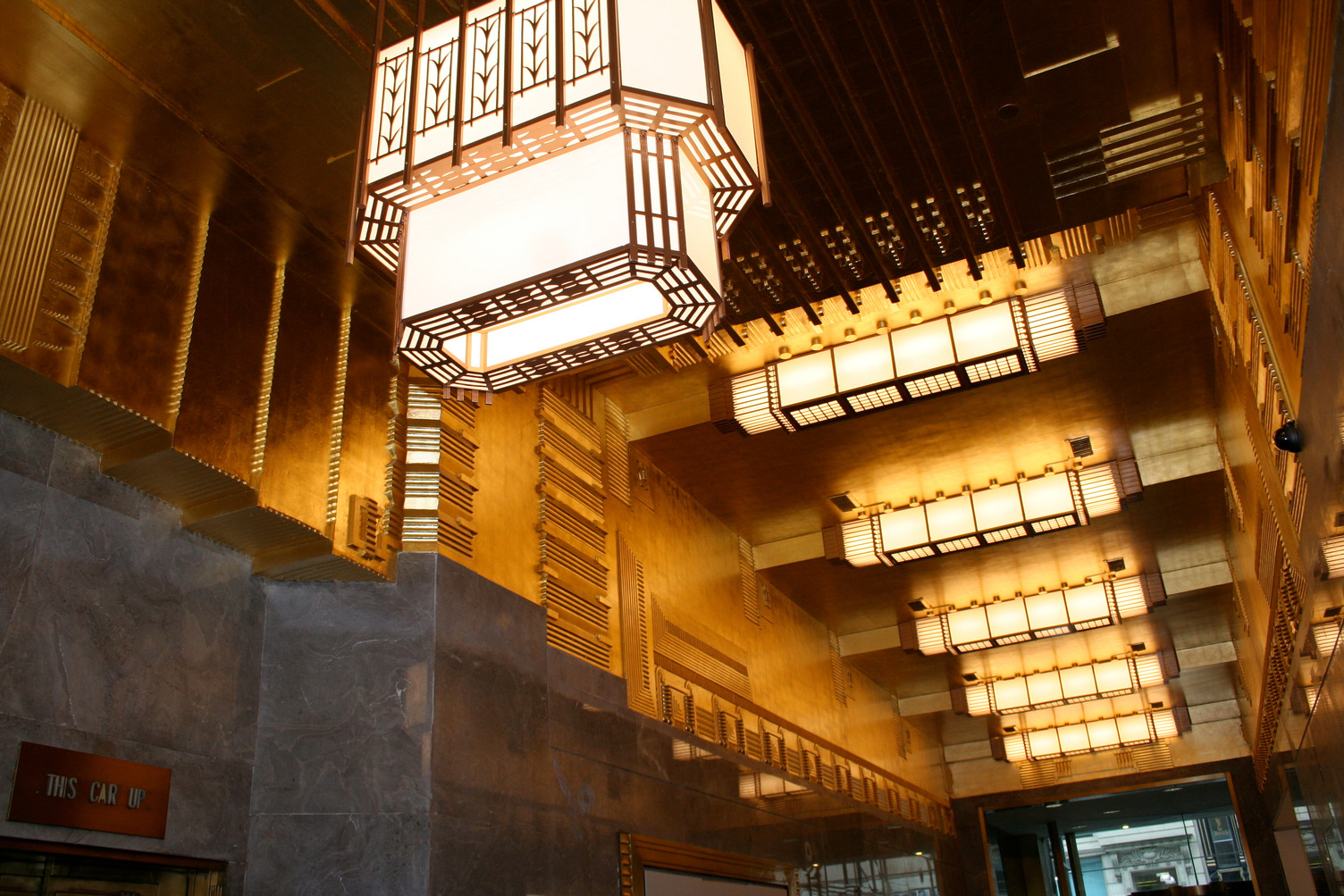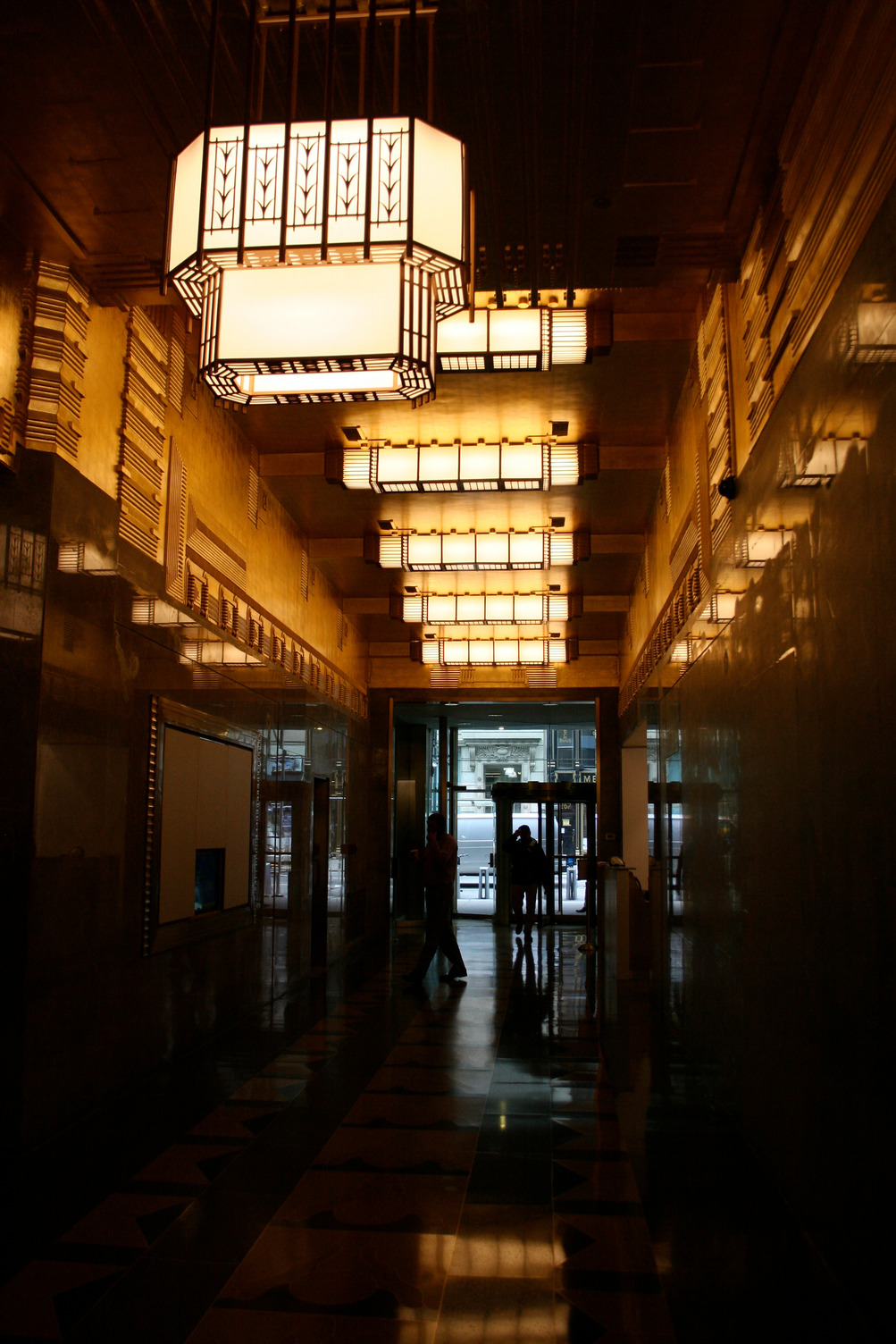Construction in Landmark Manhattan Properties
Entry Date: December 7, 2021
What do you think when you heard the word “landmark?” To most people, they would think of a property or place of great renown and significance, like the Statue of Liberty or the Lincoln Memorial. In New York City, “landmark” has a tailored definition that most people probably aren’t aware of. In essence, a “landmark” is any area or building that has certain characteristics or history that the New York City Landmarks and Preservation Committee (“LPC”) deem worthy of protecting the character of. The key focus is the protection of the character, not the preservation of the entire space. Below we will explore how LPC and landmarks affect both maintenances of existing spaces and new tenant buildouts in existing LPC-protected properties.

Maintenance and Restoration
New York City is the most populous city in the United States with over 1.6 million living in Manhattan alone. Buildings in Manhattan see more daily wear than buildings in most other parts of the country, which means that the required maintenance and restoration is often much more frequent. LPC has programs in place to ensure that maintenance done on these LPC-protected areas of buildings are done by qualified general contractors using proper materials to restore the original appearance and intent. One of the most common landmark maintenance or restoration projects is a Class A Building lobby.
Accord Contracting performed a lobby restoration at 261 5th Avenue in the Flatiron district of Manhattan recently, which went through an extensive LPC review to protect the historic lobby’s heritage appearance. The project culminated with an Art Deco ceiling with hand-applied gold leaf, specialty plasterwork, high-quality single-source stone laminated to each wall, custom architectural grills to cover fire alarm control panels, and the security desk.

Tenant Buildouts
Most tenant buildouts in New York City don’t require approval from LPC prior to construction. There are two major exceptions to this rule: (1) any construction project with a rooftop or terrace component that can be seen from the street; and (2) any construction project that impacts the façade of the building in any way that can be seen from the street. If any construction in a landmarked building’s rooftop or terrace can be seen from the street, LPC will require that the design is changed to hide the visible components, or additional items may be added to help preserve the overall integrity of the building’s appearance.
More commonly, commercial tenant buildouts will require the installation of new louvers for mechanical air conditioning systems or new windows. Because these windows and louvers are externally facing, they fall under the jurisdiction of the LPC. An experienced general contractor can help commercial landlords and design teams navigate pitfalls and timing issues with LPC review of these projects while maintaining an aggressive schedule and navigating concurrent inspections and sequential sign-offs for different required permits and approvals. Contact us to learn more today.

What do you think when you heard the word “landmark?” To most people, they would think of a property or place of great renown and significance, like the Statue of Liberty or the Lincoln Memorial. In New York City, “landmark” has a tailored definition that most people probably aren’t aware of. In essence, a “landmark” is any area or building that has certain characteristics or history that the New York City Landmarks and Preservation Committee (“LPC”) deem worthy of protecting the character of. The key focus is the protection of the character, not the preservation of the entire space. Below we will explore how LPC and landmarks affect both maintenances of existing spaces and new tenant buildouts in existing LPC-protected properties.

Maintenance and Restoration
New York City is the most populous city in the United States with over 1.6 million living in Manhattan alone. Buildings in Manhattan see more daily wear than buildings in most other parts of the country, which means that the required maintenance and restoration is often much more frequent. LPC has programs in place to ensure that maintenance done on these LPC-protected areas of buildings are done by qualified general contractors using proper materials to restore the original appearance and intent. One of the most common landmark maintenance or restoration projects is a Class A Building lobby.
Accord Contracting performed a lobby restoration at 261 5th Avenue in the Flatiron district of Manhattan recently, which went through an extensive LPC review to protect the historic lobby’s heritage appearance. The project culminated with an Art Deco ceiling with hand-applied gold leaf, specialty plasterwork, high-quality single-source stone laminated to each wall, custom architectural grills to cover fire alarm control panels, and the security desk.

Tenant Buildouts
Most tenant buildouts in New York City don’t require approval from LPC prior to construction. There are two major exceptions to this rule: (1) any construction project with a rooftop or terrace component that can be seen from the street; and (2) any construction project that impacts the façade of the building in any way that can be seen from the street. If any construction in a landmarked building’s rooftop or terrace can be seen from the street, LPC will require that the design is changed to hide the visible components, or additional items may be added to help preserve the overall integrity of the building’s appearance.
More commonly, commercial tenant buildouts will require the installation of new louvers for mechanical air conditioning systems or new windows. Because these windows and louvers are externally facing, they fall under the jurisdiction of the LPC. An experienced general contractor can help commercial landlords and design teams navigate pitfalls and timing issues with LPC review of these projects while maintaining an aggressive schedule and navigating concurrent inspections and sequential sign-offs for different required permits and approvals. Contact us to learn more today.
